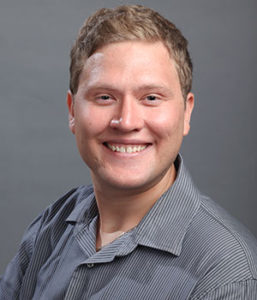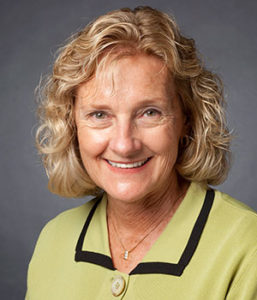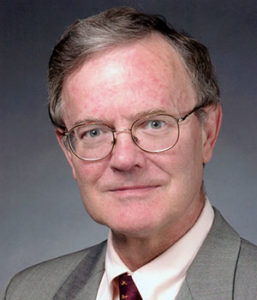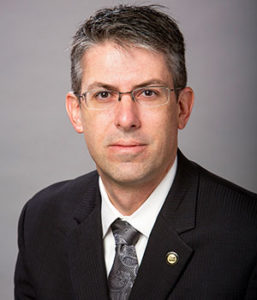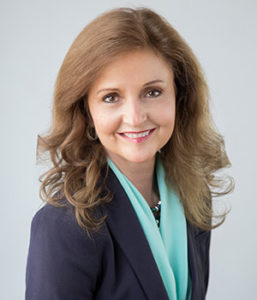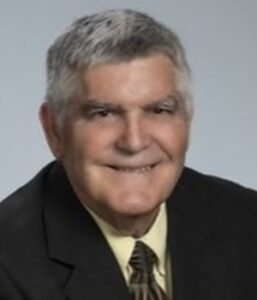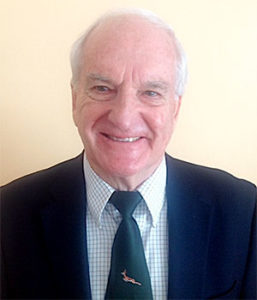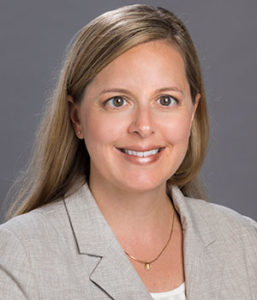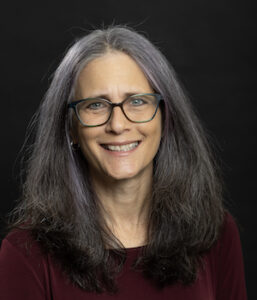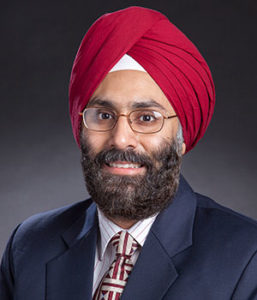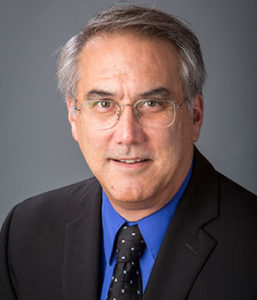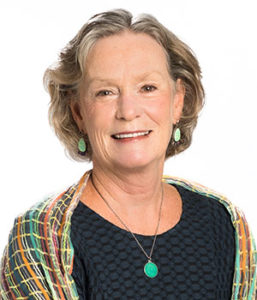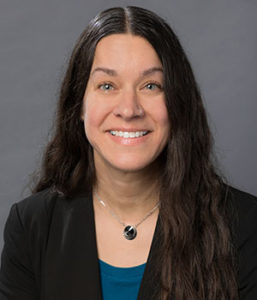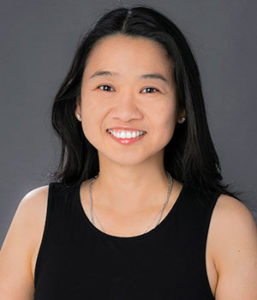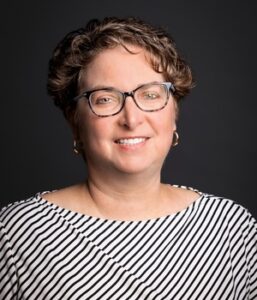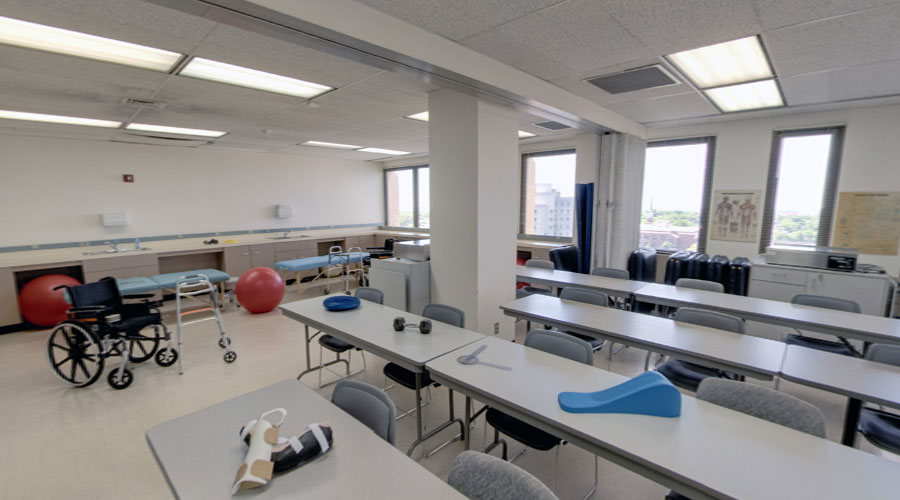Occupational Therapy MS
With an occupational therapy master’s degree, you’ll use the “occupations” of work and productive activities, play, leisure, social participation and self-care to reduce impairment and teach skills to clients who have physical, developmental, emotional or mental health disabilities.
You must have a master’s or doctoral degree (OTD) to be a licensed occupational therapist. If you are a prospective undergraduate student, you must earn a bachelor’s degree before entering this program. Students may complete any undergraduate degree in preparation for a graduate level OT Program as long as all prerequisite courses and other requirements are met.
Some excellent undergraduate programs that could prepare you for the graduate program in Occupational Therapy are Pre-Occupational Therapy, Occupational Science and Technology, Kinesiology, and Biomedical Engineering.
In the University of Wisconsin-Milwaukee (UWM) occupational therapy master’s program, you’ll design therapies as basic as bathing, dressing or eating, or as complex as operating a computer with modified control switches. As diverse as these therapies are, they share a common goal: promoting health, wellness and full engagement in everyday routines so that your clients can lead satisfying lives.
Program Type
Master’s
Program Format
On Campus
Occupational Therapy…
“helps people participate in the things they want and need to do through the therapeutic use of everyday activities (occupations).”
– American Occupational Therapy Association
As an Occupational Therapist you will assist clients perform activities of all types so they can live as independently as possible. Services often include customized treatment programs to improve a person’s ability to preform activities for a full engagement in life.
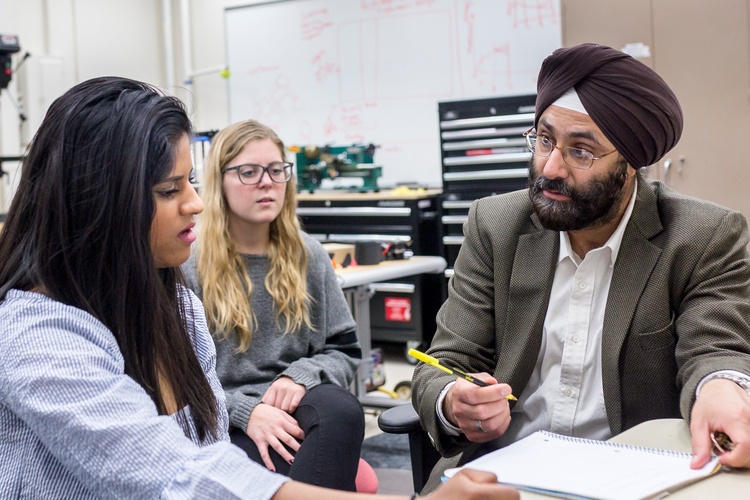
- Our occupational therapy master’s program is one of the largest in Wisconsin, and as the only public OT Program in the Greater Milwaukee area, we offer a top-notch academic experience at a fraction of the cost of private schools.
- Our urban location and deep community ties ensure ample options for your required fieldwork experience. We partner with more than 300 clinic sites in Milwaukee and across the United States.
- We’re known for our unique specialization in assistive technology and offer a certificate in Assistive Technology and Accessible Design. Our Assistive Technology Laboratory features state-of-the-art equipment that is unmatched in the state.
- We’re home of the Rehabilitation Design and Disability (R2D2) Center, a multidisciplinary research center where occupational therapy, assistive technology, communication sciences and disorders, engineering, and universal design experts support discovery and application of new knowledge.
- You can add specialized skills by choosing electives such as acute care, modalities, hand therapy, low vision, and trauma counseling.
Employment Outlook
Earnings
The median annual wage for occupational therapists was $84,950 in May 2019. The lowest 10 percent earned less than $56,800, and the highest 10 percent earned more than $121,490.
In May 2019 the median annual wages for occupational therapists in the top industries in which they worked were as follows:
| Nursing care facilities (skilled nursing facilities) | $90,830 |
| Home healthcare services | $89,220 |
| Offices of physical, occupational and speech therapists, and audiologists | $87,190 |
| Hospitals; state, local, and private | $85,510 |
| Elementary and secondary schools; state, local, and private | $74,670 |
Expected Growth
Employment of occupational therapists is projected to grow 16 percent from 2019 to 2029, much faster than the average for all occupations. Occupational therapy will continue to be an important part of treatment for people with various illnesses and disabilities, such as Alzheimer’s disease, cerebral palsy, autism, or the loss of a limb.
The need for occupational therapists is expected to increase as the large baby-boom generation ages and people remain active later in life. Occupational therapists can help senior citizens maintain their independence by recommending home modifications and strategies that make daily activities easier. Therapists also play a large role in the treatment of many conditions and ailments commonly associated with aging, such as arthritis and stroke.
Professional Certification
The National Board Certification in Occupational Therapy (NBCOT) is a not-for-profit credentialing agency that serves the public interest by developing, administering, and continually reviewing the certification process for the occupational therapy profession. You are required to pass the certification exam after completion of your coursework and field experience. See the passing rates of the new OT Masters-Level graduates taking the NBCOT certification exam.
Successful Alumni
The School of Rehabilitation Sciences & Technology has many successful alumni. These alumni have taken their Athletic Training, Communication Sciences & Disorders, Occupational Therapy, Sciences & Technology and Physical Therapy educations and have excelled in their careers.
Visit our Alumni page and be inspired by where a health sciences degree can take you.
Related Programs
You must first meet the admission requirements of the UWM Graduate School. In addition to UWM Graduate School requirements, you must be prepared to meet the departmental requirements found under the Admission section in the UWM Academic Catalog.
Students can apply to the occupational therapy master’s program through the OT Centralized Application Service (OTCAS). OTCAS provides a full-service, web-based application and admissions process for prospective occupational therapy program applicants.
Once recommended for acceptance to the program, you will need to apply to and be accepted by the UWM Graduate School.
UW-Milwaukee Undergraduate students should contact MacKenzie Kougl about obtaining a Pre-Occupational Therapy designation for more admission opportunities. Questions about applying to the MS in Occupational Therapy Degree Program can be sent to ot-program@uwm.edu. Additionally, applicants can look through our Frequently Asked Questions document.
Our occupational therapy master’s degree curriculum prepares the generalist occupational therapist for entry-level practice in a variety of environments and practice settings, including health care delivery systems, educational institutions, public health, and social service organizations.
Since no single theoretical model adequately prepares the generalist occupational therapy practitioner, theories and conceptual practice models from social, natural, and physical sciences, combined with theories of occupation and sensitivity to culture and diversity, provide the building blocks of our curriculum.
It is organized by foundational concepts of occupation and occupational therapy, and will build on your culture, life experiences, and prior knowledge. You will have the opportunity to acquire knowledge and skills in assistive technology, accessible design, professionalism, and leadership through coursework, fieldwork, and service-learning experiences.
Graduates are prepared to assess the quality of information upon which evaluation and intervention decisions are based, evaluate intervention outcomes, and improve practice as scholarly practitioners focused on client-centered care.
For information regarding the curriculum and for course descriptions, see the UWM Academic Catalog.
Year 1: Fall
1st Level I Fieldwork (January-April)
| COURSE | CREDITS |
|---|---|
| PRPP 725: Gross Anatomical Kinesiology | 3 |
| OCCTHPY 705: Occupational Therapy in Physical Rehabilitation I | 3 |
| OCCTHPY 707: Seminar I | 1 |
| OCCTHPY 720: Application of Occupational Science and Occupational Therapy Theory | 3 |
| OCCTHPY 721: Foundations of Professional Practice in Occupational Therapy | 2 |
| OCCTHPY 880: Master’s Project | 1 |
| TOTAL CREDITS: | 13 |
Year 1: Spring
| COURSE | CREDITS |
|---|---|
| OCCTHPY 620: Introduction to Assistive Technology and Rehabilitation Technologies | 3 |
| OCCTHPY 703: Applied Neuroscience | 3 |
| OCCTHPY 704: Musculoskeletal Analysis and Occupational Function | 3 |
| OCCTHPY 706: Occupational Therapy in Physical Rehabilitation II (Part 1) | 2 |
| OCCTHPY 708: Seminar II | 1 |
| OCCTHPY 880: Master’s Project | 1 |
| TOTAL CREDITS: | 13 |
Year 1: Summer
2nd Level I Fieldwork (after summer courses – August, or third semester – Fall)
| COURSE | CREDITS |
|---|---|
| OCCTHPY 540: Evidence for Practice | 3 |
| OCCTHPY 706: Occupational Therapy in Physical Rehabilitation II (Part 2) | 3 |
| OCCTHPY 719: Occupational Therapy in Psychosocial Practice | 3 |
| Optional Electives/Thesis | |
| TOTAL CREDITS: | 9 |
Year 2: Fall
2nd Level I Fieldwork (Sept-Nov, unless completed in Summer)
| COURSE | CREDITS |
|---|---|
| OCCTHPY 519: Therapeutic Communication | 3 |
| OCCTHPY 542: Evidence for Practice II | 3 |
| OCCTHPY 709: Seminar III | 1 |
| OCCTHPY 740: Occupational Therapy with Children and Families | 4 |
| OCCTHPY 880: Master’s Project | 1 |
| Optional Electives/Thesis | |
| TOTAL CREDITS: | 12+ |
Year 2: Spring
| COURSE | CREDITS |
|---|---|
| OCCTHPY 725: Occupational Therapy Field Service I (off campus Jan-Mar) | 6 |
| OCCTHPY 744: Advanced Occupational Therapy for Aging Adults | 3 |
| Optional Electives for Early Spring: OCCTHPY 718: OT in Acute Care OCCTHPY 743: Advances in Child Centered Occupational Therapy | |
| TOTAL CREDITS: | 9+ |
Year 2: Summer
| COURSE | CREDITS |
|---|---|
| OCCTHPY 710: Comm. Models of Occupational Therapy Practice | 2 |
| OCCTHPY 711: Professional Leadership of Occupational Therapists | 3 |
| Optional Elective/Thesis | |
| TOTAL CREDITS: | 5 |
Year 3: Fall
| COURSE | CREDITS |
|---|---|
| OCCTHPY 735: Occupational Therapy Field Service II (off campus Oct-Dec) | 6 |
| OCCTHPY 810: Critical Evaluation of Theory, Research, and Practice (3 wks.) | 2 |
| Optional Elective | |
| TOTAL CREDITS: | 8 |
- University Services Program Associate, Programs in Occupational Therapy Science, Technology & Rehabilitation
- almquisj@uwm.edu
- 414-229-5340
- Enderis Hall 965
- Clinical Assistant Professor, Programs in Occupational Therapy Science, Technology & Rehabilitation
- tnbass@uwm.edu
- 414-251-9250
- Enderis Hall 985
- Professor Emerita, Programs in Occupational Therapy Science, Technology & Rehabilitation
- Professor Emeritus, Programs in Occupational Therapy Science, Technology & Rehabilitation
- Head of School, School of Rehabilitation Sciences & Technology
- Associate Dean for Academic Affairs
- Professor, Programs in Occupational Therapy Science, Technology & Rehabilitation
- kap@uwm.edu
- 414-229-5292
- Enderis Hall 819
- UWM Associate Vice Chancellor for Academic Affairs
- Director, Occupational Ergonomics Laboratory
- Professor, Programs in Occupational Therapy Science, Technology & Rehabilitation
- pking@uwm.edu
- 414-251-5180
- Chapman Hall 230A
- Associate Professor Emeritus, Programs in Occupational Therapy Science, Technology & Rehabilitation
- Professor Emeritus, Programs in Occupational Therapy Science, Technology & Rehabilitation
- Clinical Associate Professor, Programs in Occupational Therapy Science, Technology & Rehabilitation
- Academic Fieldwork Coordinator, Occupational Therapy
- bertrahl@uwm.edu
- 414-251-6470
- Enderis Hall 927
- Clinical Assistant Professor, Programs in Occupational Therapy Science, Technology & Rehabilitation
- Coordinator, ATAD Certificate
- silverm2@uwm.edu
- 414-251-5882
- Enderis Hall 973
- Associate Professor, Programs in Occupational Therapy Science, Technology & Rehabilitation
- sindhu@uwm.edu
- 414-251-7858
- Enderis Hall 929
- Professor, Programs in Occupational Therapy Science, Technology & Rehabilitation
- Director, Occupational Therapy Program
- Coordinator, Graduate Program
- Director, Research Design & Disability Center
- smithro@uwm.edu
- 414-229-5625
- Enderis Hall 975
- Assistant Clinical Professor, Programs in Occupational Therapy, Sciences and Technology
- solaru@uwm.edu
- Enderis Hall
- Associate Professor Emerita, Programs in Occupational Therapy Science, Technology & Rehabilitation
- Academic Program Specialist, Programs in Occupational Therapy Science, Technology & Rehabilitation
- Assistant Academic Fieldwork Coordinator, Occupational Therapy
- thomasju@uwm.edu
- 414-251-6268
- Enderis Hall 933
- Associate Professor, Programs in Occupational Therapy Science, Technology & Rehabilitation
- wang52@uwm.edu
- 414-251-7936
- Enderis Hall 955
- Clinical Associate Professor, Programs in Occupational Therapy Science, Technology & Rehabilitation
- washburd@uwm.edu
- 414-229-3592
- Enderis Hall 961
There are many great thing happening in MSOT’s Labs.
You may find your mentor or do research…
- Augmentative and Alternative Communication (AAC) Laboratory
- Assistive Technology and Universal Access (ATUA) Laboratory
- Behavioral Health and Human Occupation Laboratory
- Campus Ergonomic Services
- Ergonomics Laboratory for Independent Living Environment & Occupation
- Mobility Laboratory
- Occupational Ergonomics Laboratory
- Rehabilitation Research Design & Disability (R2D2) Center

